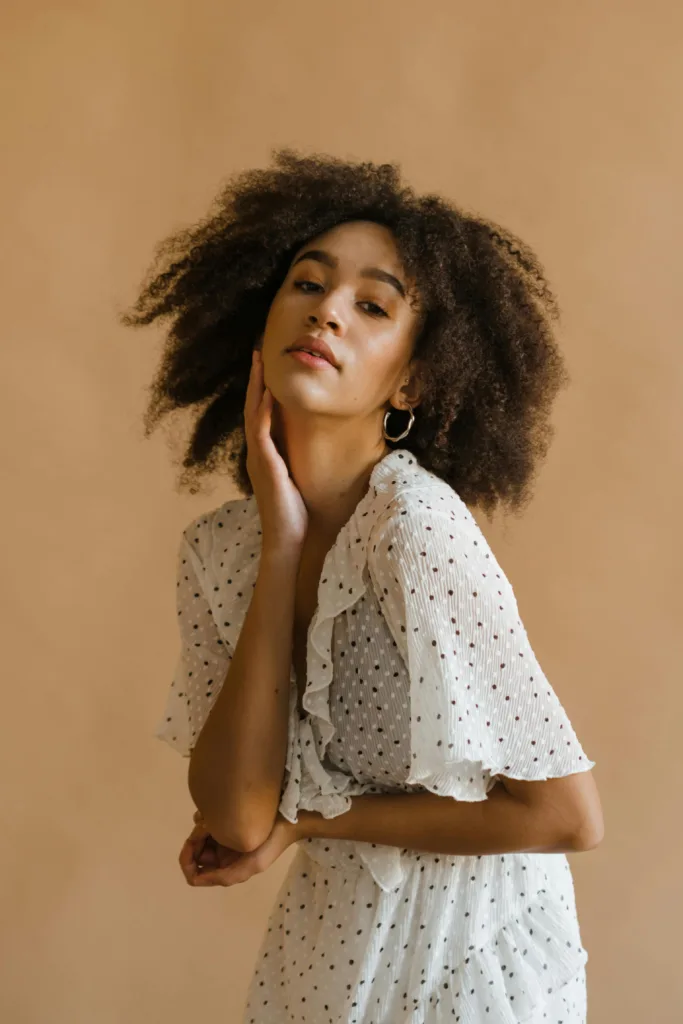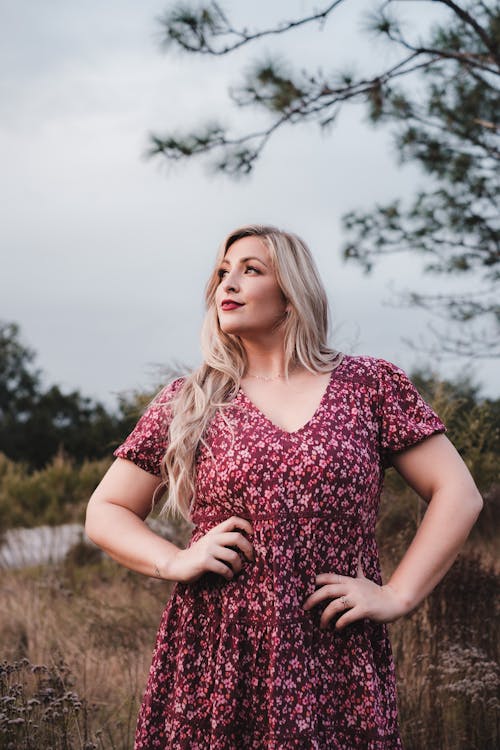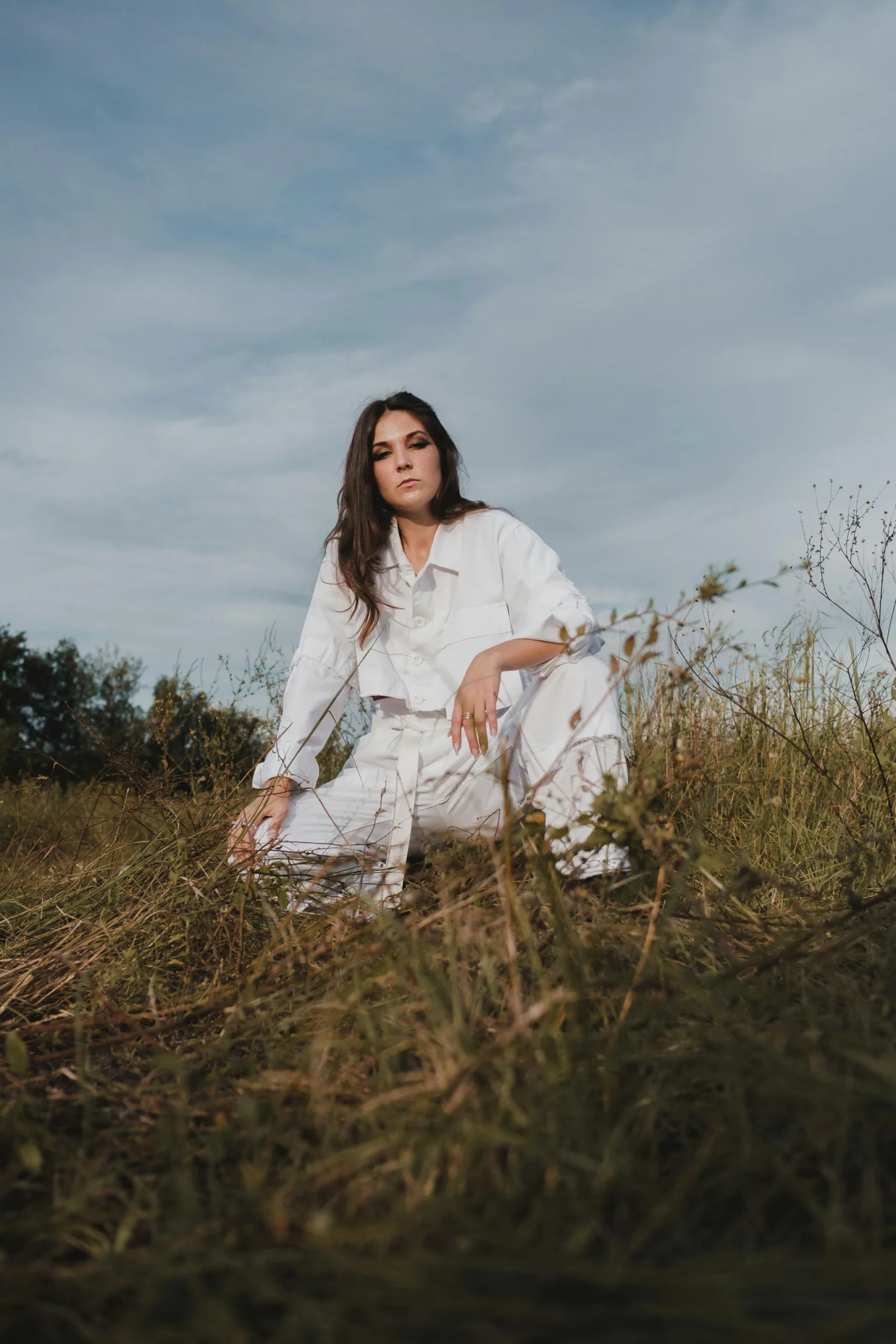For centuries, American fashion mirrored European trends. But the 20th century saw a blossoming of unique American style. Let’s explore this rich history, decade by decade.

Early Influences and Native American Inspiration
Early American fashion was heavily influenced by European colonists. However, Native American clothing also played a significant role, often overlooked in fashion history. Native American garments, with their focus on regional identity and resourcefulness, employed beautiful patterns and intricate techniques that would be the envy of modern sustainable designers.
The Roaring Twenties: Flappers and a New Woman
World War I ushered in a new era for American women. The 1920s saw the rise of the “flapper,” a young woman who embraced modernity through fashion. Hemlines rose to unprecedented knee-length, corsets were abandoned for looser silhouettes, and hair was often “bobbed” short to fit under cloche hats. Men, too, shed formality, opting for cuffed pants, flannel jackets, and a more relaxed look.
The Great Depression and the Enduring Wool Suit
The economic devastation of the 1930s forced a shift in focus away from fashion. However, the era did see the rise of the classic wool suit, a symbol of practicality and endurance. The Harlem Renaissance, a vibrant artistic movement led by Black Americans, also left its mark, influencing not just fashion but literature and the arts.
The Post-War Boom and the Hourglass Figure
The 1950s witnessed a resurgence of fashion after World War II. Economic prosperity fueled a materialistic culture, and conformity was emphasized. Women were expected to conform to a specific hourglass figure, with full skirts and cinched waists. For working women, the knee-length pencil skirt became a staple.

The Sixties Counterculture and the Rise of Individualism
The 1960s saw a rebellion against conformity. Teenage counterculture movements embraced individuality and experimentation, paving the way for the diverse trends of the 1970s. Pantsuits became more commonplace for women entering the workforce, while bold patterns and a focus on comfort emerged for both men and women.
The “Me Decade” and the Rise of Power Dressing
The 1970s witnessed a shift towards self-expression. Women continued to wear pantsuits and skirts of varying lengths, while men embraced bold patterns and casual styles. The early 1980s continued this trend, but by mid-decade, pop icons like Madonna ushered in a new era of flamboyant dressing with daring patterns and unique designs. Power dressing emerged for professional women, with tailored jackets and shoulder pads becoming the norm.
The Minimalist Nineties and the Rise of Grunge
The 1990s saw a stark contrast to the excess of the 1980s. Minimalism reigned supreme, with loose-fitting jeans, basic tees, and flannel shirts dominating wardrobes. Neon colors of the early 90s gave way to darker hues like maroon and forest green. Grunge fashion, a rejection of mainstream trends, also emerged from the Seattle music scene.
The 2000s and Beyond: A Fusion of Eras
The 2000s broke away from minimalism, drawing inspiration from past decades. Low-rise jeans, capris, and halter tops became popular for women, while men embraced shorter-sleeved shirts. The “body positivity” movement of the 2010s challenged traditional beauty standards, leading to a wider range of clothing options for all body types.

Fashion’s Future: A Reflection of Our Times
Today, American fashion reflects the ever-changing world. Athleisure wear has become a dominant trend, and comfort and self-expression remain key themes. As we move forward, American fashion will undoubtedly continue to evolve, shaped by social movements, technological advancements, and the ever-present desire for individuality.
You Might Also Like:
Doctor Professor Abdul Rashid: Empowering Pakistan’s Youth through Vocational Education
Kylie Jenner’s Latest Selfie Sparks Fresh Speculation on Cosmetic Enhancements
Cara Delevingne’s $7 Million Mansion Reduced to Rubble After Mysterious Fire
Dua Lipa Talks Love for American Horror Story and Balancing Music with Acting Aspirations


